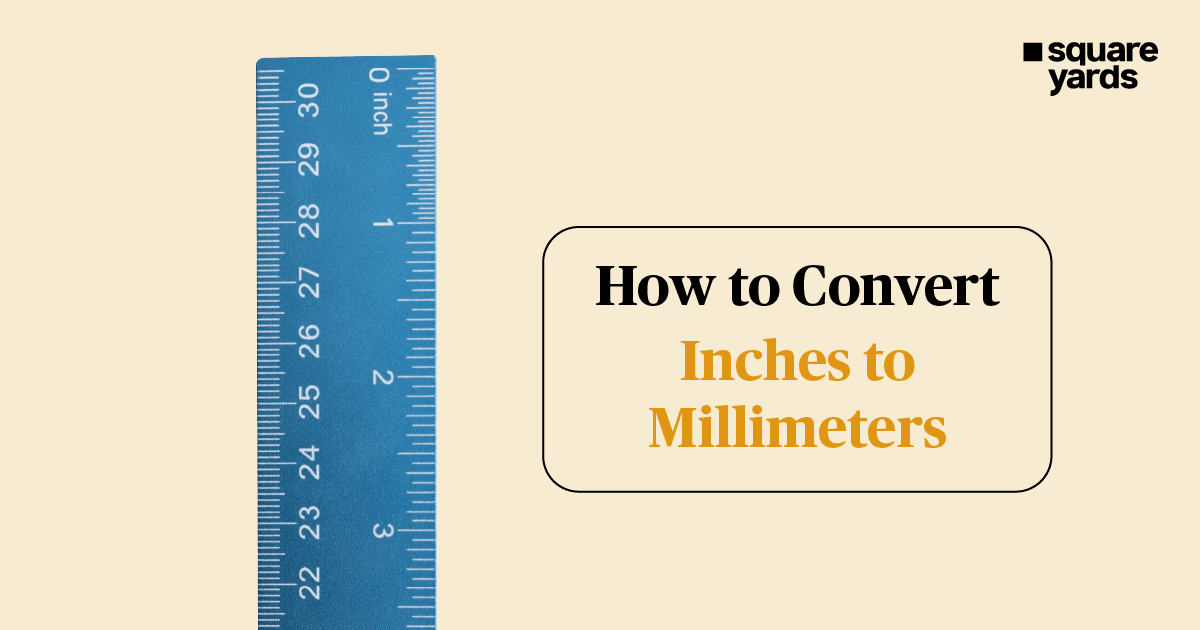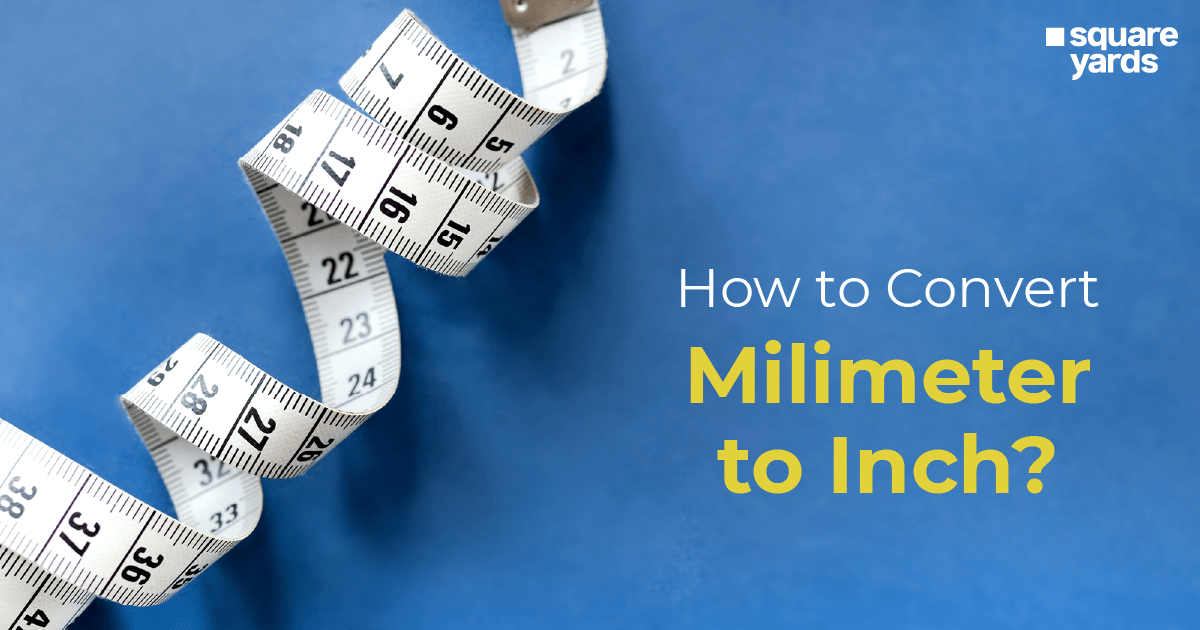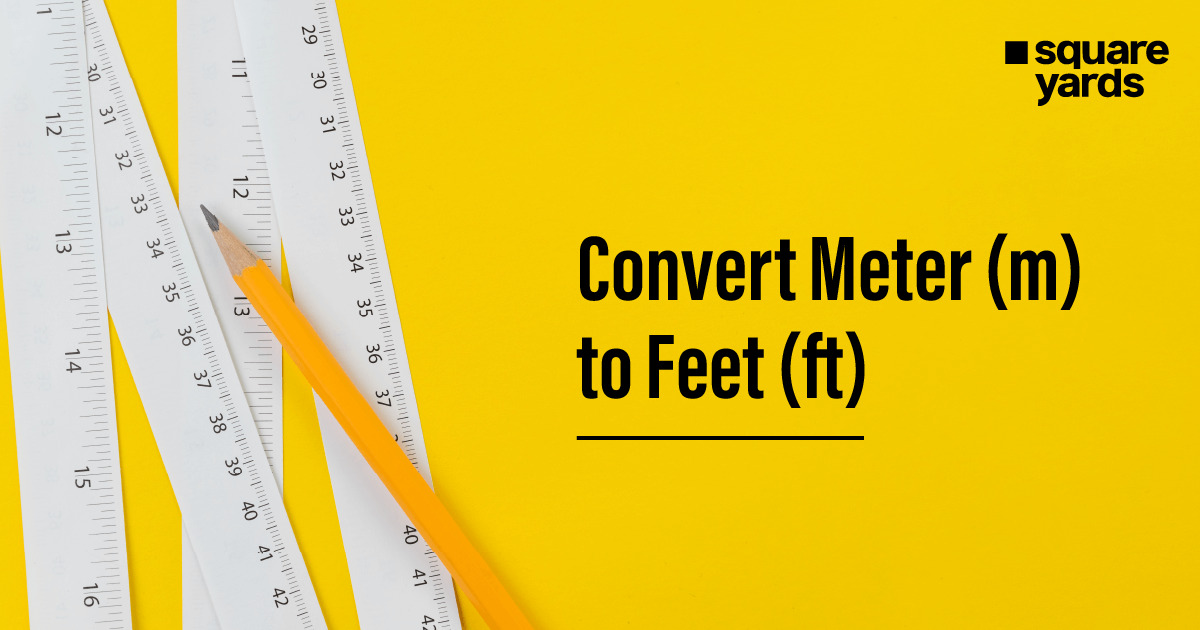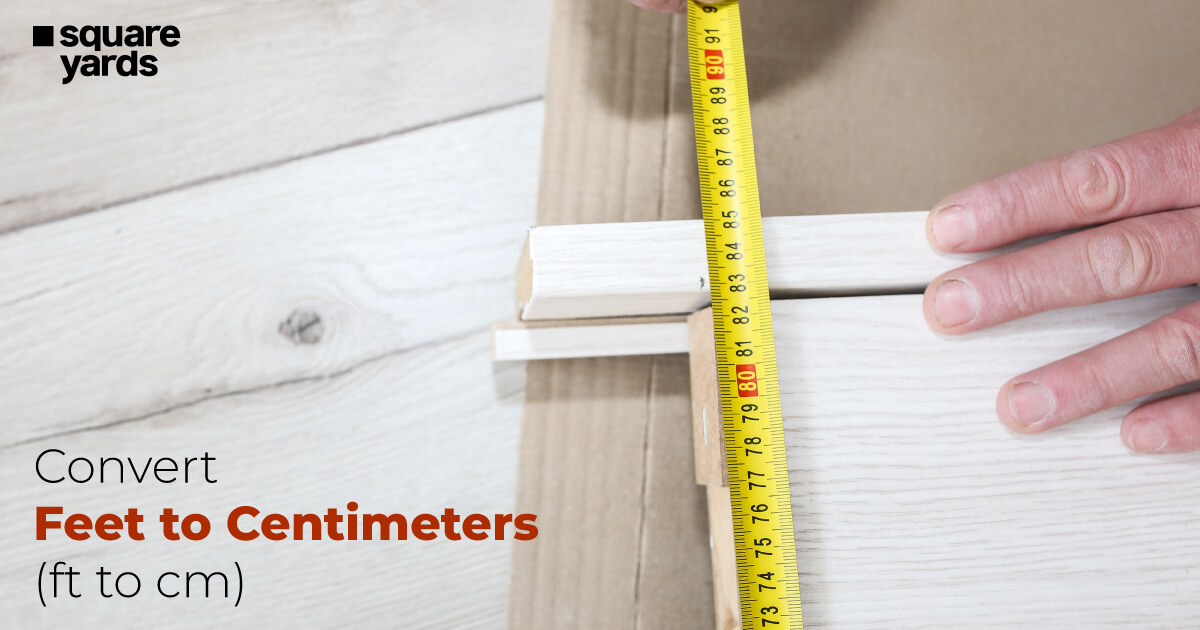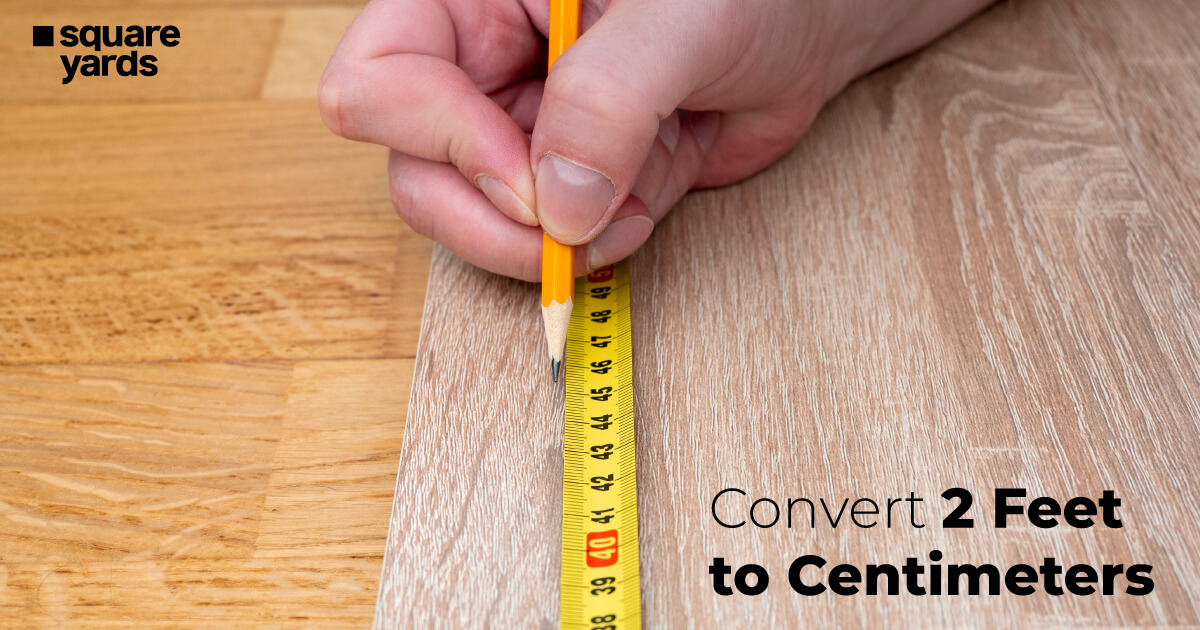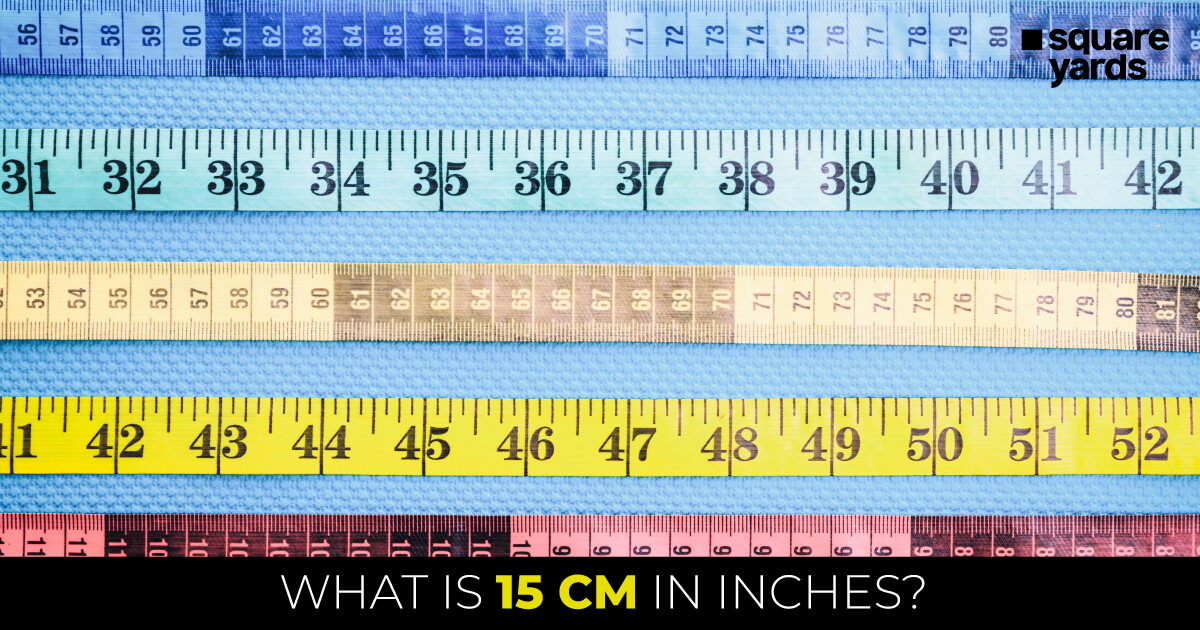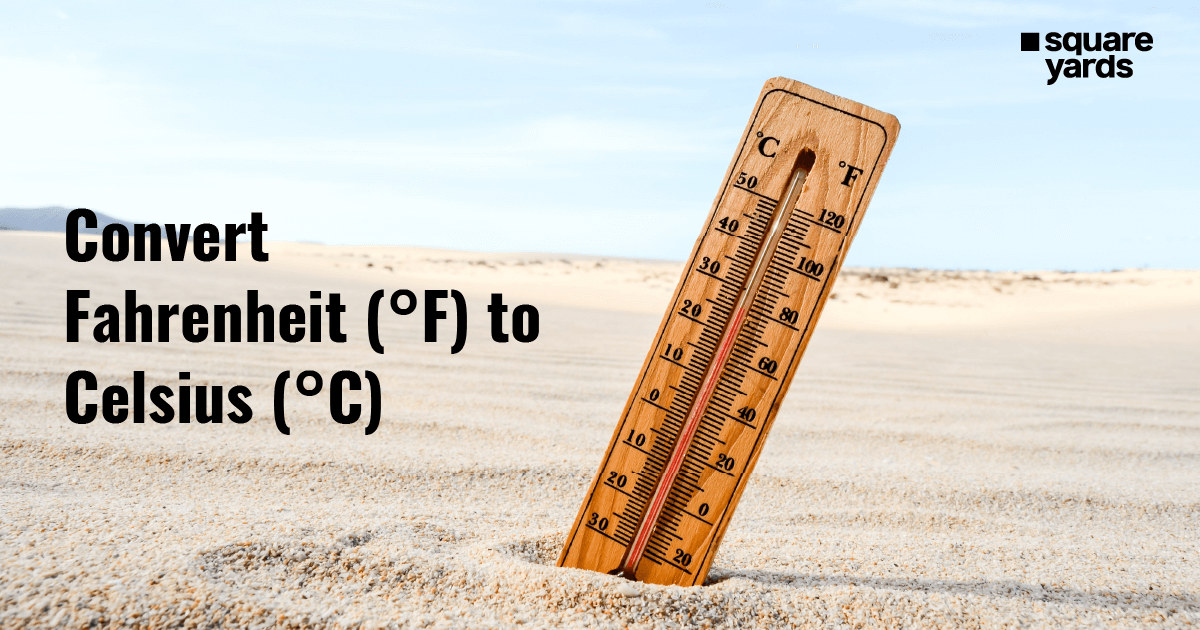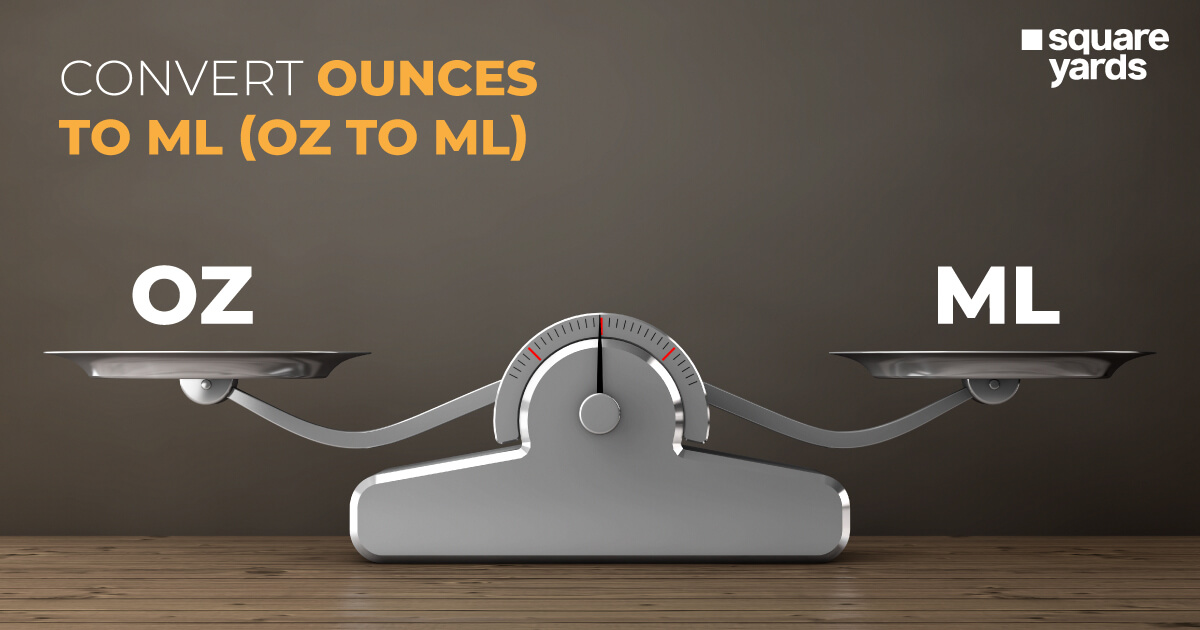When utilising the metric system of measurements, it is possible to convert inches to millimeters by using simple mathematical calculations and procedures. The metric system is stated in increments of 10, which is significant since it makes calculating the distance between meters, centimeters, and millimeters simple. Using a precise multiplication factor, you may quickly convert inch to mm in Canada.
If you are using a measuring tape or ruler to measure the distance, multiply it by the value of 25.4 to convert the measurement into millimeters.
Canada In to Mm Formula & Examples
As established, 1 inch = 25.4 mm. In light of this, the conversion formula would be to multiply the number of inches by 25.4 to find the units of millimeters.
Let’s understand this formula with the help of examples.
Example 1
Convert 15 inch to millimeter
Hence, 15inch to mm would be : 15 X 25.4 = 381mm
Example 2
Convert 16 inch to mm
Hence, 16 inches to mm would be: 16 X 25.4 = 406.4mm
What is an Inch (in) in Canada?
The British Imperial and American customary measurement systems both contributed to the development of the inch as a unit of length measurement. In some measurement systems, the word inch has been designated as the intermediate conversion unit. It is derived from the term “Roman uncia,” which means “twelfth.” This can also be inferred from the thumb’s breadth in humans. It’s also interesting to note that the conventional meaning of “inch” has changed over time, and the unit’s precise value has occasionally varied. However, since the 1960s, when the worldwide yard system was adopted, the value was eventually based on the metric system, and it is now precisely 25.4mm.
-
Current Use of Inches in Canada
In the United States, Canada, and even the United Kingdom, the “inch” is commonly used as a unit of measurement. An inch is used for the measurement of electrical parts and display panels across much of continental Europe. Even in Japan, this unit of measurement is widely used.
As for the United Kingdom, the inch has been the primary unit of measurement alongside the foot since October 1, 1995. Although, inches were frequently employed for distance-related sizes like road signs. A double prime serves as the worldwide standard symbol’s indication (denoted by double quotes). However, a single prime is used to symbolise the foot (characterised by an apostrophe). Three feet and two inches, for instance, can be expressed as 3’2″. This is similar to how the degree’s first and second cuts employ the prime and double prime symbols.
-
History of Inches in Canada
The earliest reference of inch has been known to emerge from England. The Laws of Æthelberht, which date from the early 7th century, are where we get this remembrance of an inch. The Textus Roffensis, dating from 1120, mentions a variety of depths, including one inch, two inches, one shilling, and two shillings.
The Imperial Standard Yard was used to define an inch in the United Kingdom and the majority of other British Commonwealth nations. The measuring factor was later adopted by the United States of America in 1866 to define an inch. Thus, 1 meter was defined as 39.37 inches. As a result, the inch is now written as 25.4000508 mm (reference temperature of 68 degrees Fahrenheit).
What is a Millimeter(mm) in Canada?
In the metric system, a millimeter is a unit of measurement equal to one thousandth of a meter. Since the meter is the SI unit of measurement, being expressed in terms of it makes it more practical. Therefore,
10mm = 1cm
1000mm = 1m
1mm = 1000 micrometers
1mm = 1000000 nanometers
1 inch = 25.4 mm (which is approximately 0.03937 of an inch)
-
Current Use of mm (millimeter) in Canada
A millimeter in Canada is the smallest unit of measurement in the metric system. For the same purpose, there are digital callipers (measuring tools) that can read a measurement as fine as 0.01 mm.
The millimeter unit is largely employed in the metric system and can be used to measure anything from wavelengths to paper and hair.
-
- The wavelength and frequency of a microwave are 1 mm and 300 GHz, respectively.
- Up to 0.02 to 0.04 mm can be used to measure the smallest unit of distance.
- From gauging the thickness of a human hair to papers as thin as 0.07mm and 0.18mm.
-
History of Millimeter in Canada
The origins of the metric system can be traced to the Age of Enlightenment, when multiples and fractions, as well as lengths and widths, were measured in nature. The unit of measurement extended throughout France and Europe in less than 50 years. The system also included other metrics with unity ratios, which were later used all across the world. The metric system first became apparent in 1799, during the French Revolution. The metric system began to be widely adopted as a unit of measurement.
James Clerk Maxwell optimised a coherent system in the middle of the 19th century in which there could be a single base unit from which other units would eventually be derived. These units would be referred to as “derived units.” Maxwell proposed three fundamental units for length, mass, and time. The 19th century saw advancements in electromagnetism, including the addition of new units to make the systems more comprehensible and adaptable to the current measurement system.
Later it was concluded that an integrated system of measurement requiring electromagnetic units needed an electromagnetism base unit. As a result, millimeters are frequently used as the principal measurement unit across numerous sectors.
Relation Between Inch To Mm in Canada
Inches are prominently used in the imperial system of measurement. On the other hand, the metric system of measurement includes millimeters. It should be noted that 1 inch = 25.4 mm is the typical ratio between the two.
By calculating the relationship between these units, we can quickly convert between the two. There are a number of ways to make straightforward translations if you are familiar with the metric system of measurements. The standard ratio of 1 inch to 10 millimeters is 25.4. The same foundation can be used for all subsequent calculations.
Abbreviations Commonly Used To Represent Canadian ‘inch’ and ‘Mm’
Inch is usually denoted by ‘in’ and millimeter is usually marked by ‘mm’ in the metric system and the imperial systems of measurement.
Inch To Mm in Canada Conversion Table
Let us take a look at the inch to millimeter conversion table in Canada is to understand the formula better. This table will serve as an inch to mm calculator to ease the conversion process.
| Inch | MM | Inch to Millimeters |
| 1 inches | 25.4 mm | 1 inches to mm = 25.4 mm |
| 2 inches | 50.8 mm | 2 inches to mm = 50.8 mm |
| 3 inches | 76.2 mm | 3 inches to mm = 76.2 mm |
| 4 inches | 101.6 mm | 4 inches to mm = 101.6 mm |
| 5 inches | 127 mm | 5 inches to mm = 127 mm |
| 6 inches | 152.4 mm | 6 inches to mm = 152.4 mm |
| 7 inches | 177.8 mm | 7 inches to mm = 177.8 mm |
| 8 inches | 203.2 mm | 8 inches to mm = 203.2 mm |
| 9 inches | 228.6 mm | 9 inches to mm = 228.6 mm |
| 10 inches | 254 mm | 10 inches to mm = 254 mm |
| 11 inches | 279.4 mm | 11 inches to mm = 279.4 mm |
| 12 inches | 304.8 mm | 12 inches to mm = 304.8 mm |
| 13 inches | 330.2 mm | 13 inches to mm = 330.2 mm |
| 14 inches | 355.6 mm | 14 inches to mm = 355.6 mm |
| 15 inches | 381 mm | 15 inches to mm = 381 mm |
| 16 inches | 406.4 mm | 16 inches to mm = 406.4 mm |
| 17 inches | 431.8 mm | 17 inches to mm = 431.8 mm |
| 18 inches | 457.2 mm | 18 inches to mm = 457.2 mm |
| 19 inches | 482.6 mm | 19 inches to mm = 482.6 mm |
| 20 inches | 508 mm | 20 inches to mm = 508 mm |
| 21 inches | 533.4 mm | 21 inches to mm = 533.4 mm |
| 22 inches | 558.8 mm | 22 inches to mm = 558.8 mm |
| 23 inches | 584.2 mm | 23 inches to mm = 584.2 mm |
| 24 inches | 609.6 mm | 24 inches to mm = 609.6 mm |
| 25 inches | 635 mm | 25 inches to mm = 635 mm |
| 26 inches | 660.4 mm | 26 inches to mm = 660.4 mm |
| 27 inches | 685.8 mm | 27 inches to mm = 685.8 mm |
| 28 inches | 711.2 mm | 28 inches to mm = 711.2 mm |
| 29 inches | 736.6 mm | 29 inches to mm = 736.6 mm |
| 30 inches | 762 mm | 30 inches to mm = 762 mm |
| 31 inches | 787.4 mm | 31 inches to mm = 787.4 mm |
| 32 inches | 812.8 mm | 32 inches to mm = 812.8 mm |
| 33 inches | 838.2 mm | 33 inches to mm = 838.2 mm |
| 34 inches | 863.6 mm | 34 inches to mm = 863.6 mm |
| 35 inches | 889 mm | 35 inches to mm = 889 mm |
| 36 inches | 914.4 mm | 36 inches to mm = 914.4 mm |
| 37 inches | 939.8 mm | 37 inches to mm = 939.8 mm |
| 38 inches | 965.2 mm | 38 inches to mm = 965.2 mm |
| 39 inches | 990.6 mm | 39 inches to mm = 990.6 mm |
| 40 inches | 1016 mm | 40 inches to mm = 1016 mm |
| 41 inches | 1041.4 mm | 41 inches to mm = 1041.4 mm |
| 42 inches | 1066.8 mm | 42 inches to mm = 1066.8 mm |
| 43 inches | 1092.2 mm | 43 inches to mm = 1092.2 mm |
| 44 inches | 1117.6 mm | 44 inches to mm = 1117.6 mm |
| 45 inches | 1143 mm | 45 inches to mm = 1143 mm |
| 46 inches | 1168.4 mm | 46 inches to mm = 1168.4 mm |
| 47 inches | 1193.8 mm | 47 inches to mm = 1193.8 mm |
| 48 inches | 1219.2 mm | 48 inches to mm = 1219.2 mm |
| 49 inches | 1244.6 mm | 49 inches to mm = 1244.6 mm |
| 50 inches | 1270 mm | 50 inches to mm = 1270 mm |
Difference Between Inch(in) and Millimeter(mm) in Canada
The fundamental distinction is that millimeters is used within the metric system of measuring whereas inches is used in the imperial system. We can convert Canadian inches to millimeters by establishing a common ground as both units of measurement are employed in a variety of industry standards.
You May Also Read :
|
Convert Miles To km |
|
|
Guide To Inches To Feet |
|
|
Conversion of Cm to Inches |
|
|
All About Millimeters To Inches |
|
|
What is Ounces To Ml |
Frequently Asked Question (FAQs)
What size is 1 inch in mm?
1 inch is equal to 25.4 mm upon inch to millimeter conversion.
What is the scale of 1 inch to yards?
1 inch is equal to 0.027777 yards.
What size is 8 inches in mm?
If we convert inch to mm then 8 inches will be equal to 203.2 mm.

